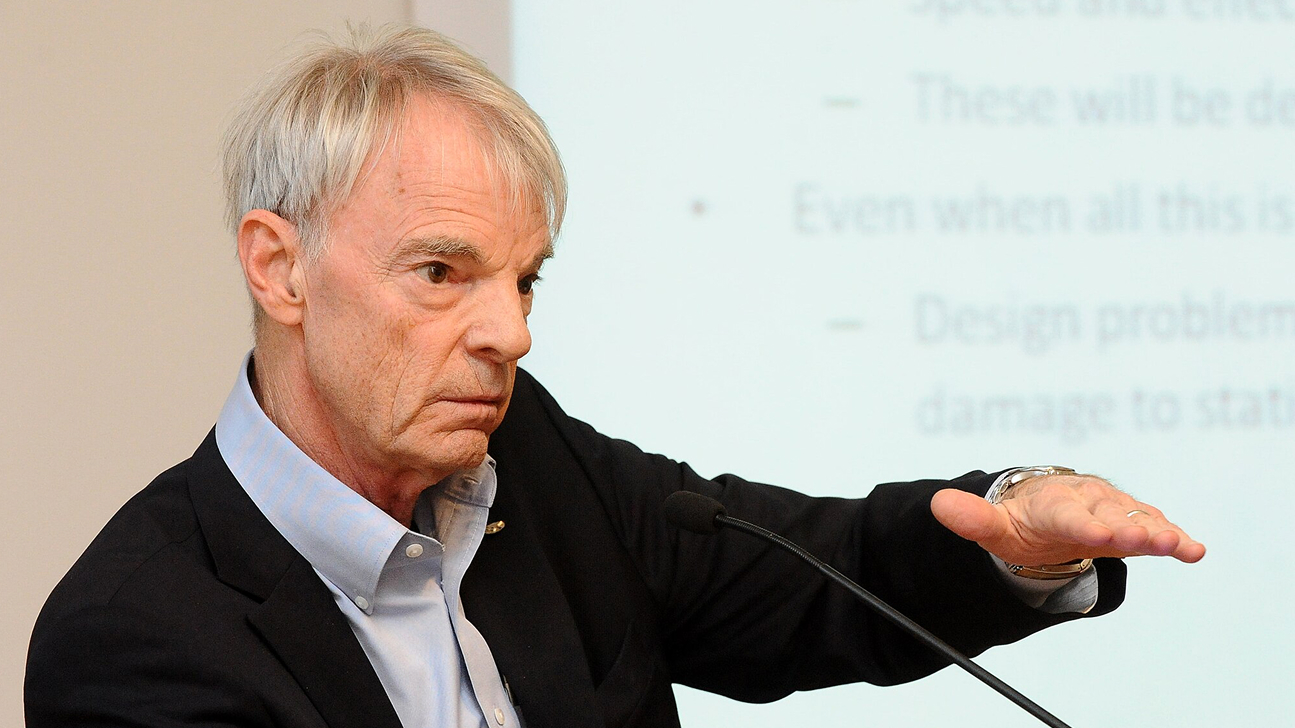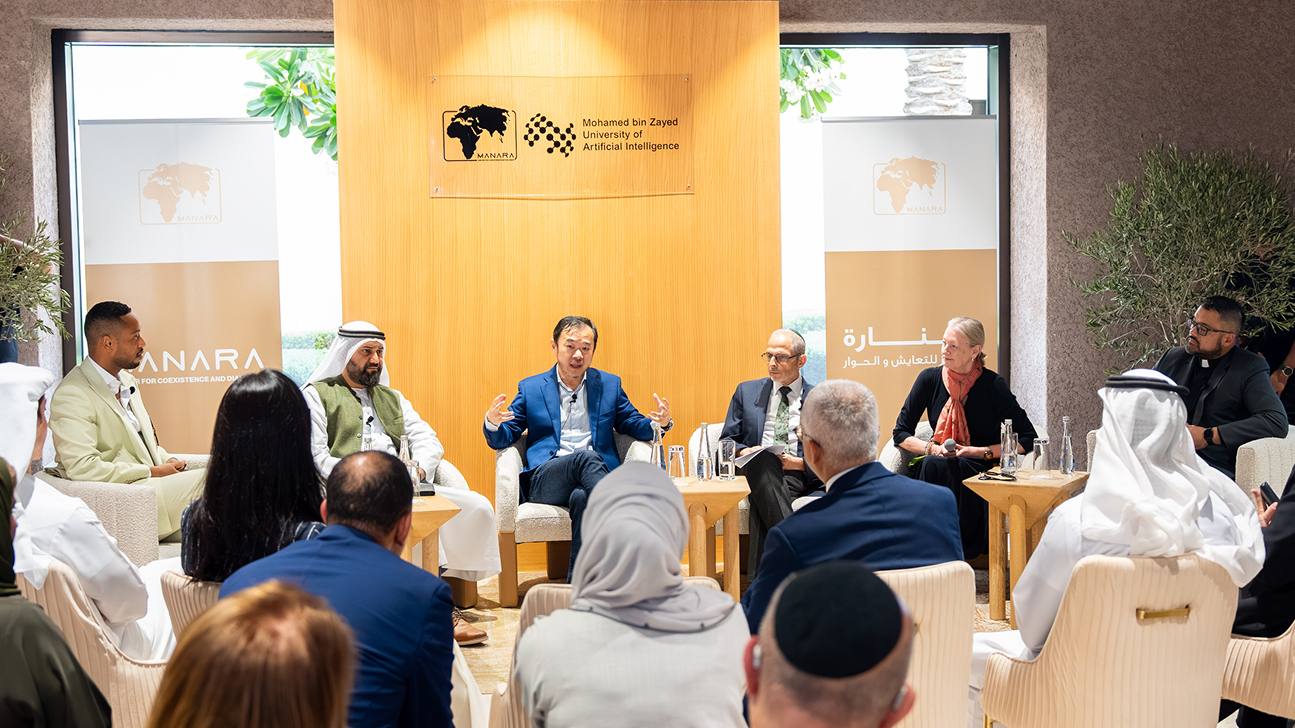Amplifying the Invisible: The Impact of Video Motion Magnification in Healthcare, Engineering, and Beyond
Friday, October 25, 2024
Video motion magnification is an innovative technique that amplifies subtle, often imperceptible movements in video footage, transforming them into visible motions. This technology has opened new possibilities across various fields, including healthcare, engineering, and beyond. In the healthcare sector, it enables non-invasive monitoring of vital signs such as heart rate, respiration, and even subtle micro-expressions, aiding in early diagnosis and continuous patient monitoring without direct contact. In engineering, video motion magnification plays a key role in detecting structural vibrations and movements, allowing for the assessment of the integrity of bridges, buildings, and machinery. By visualizing these small motions, engineers can identify potential failures before they become critical issues.
Beyond these fields, this technology is also being adopted in sports science, where it helps enhance performance analysis by amplifying tiny movements in athletes. In security and forensics, it can highlight micro-expressions or subtle body language cues, aiding in investigations. Additionally, it has applications in human-computer interaction and robotics, where it enhances gesture recognition and movement precision.
This talk will explore the wide-ranging impact of video motion magnification, showcasing its potential to revolutionize industries by bringing hidden details to light, enabling better diagnostics, monitoring, and decision-making across diverse sectors.
Post Talk Link: Click Here
Passcode: 2E8T#MS.
Speaker/s
Dr. Subrahmanyam Murala is an Associate Professor at School of Computer Science and Statistics, Trinity College Dublin, Ireland. His career includes a tenure as Associate Professor in Electrical Engineering at IIT Ropar until June 2023, and a Post-Doctoral Research role at the University of Windsor, Canada, from 2012 to 2014. With over ten years of post-PhD research experience, Dr. Murala has significantly impacted the fields of computer vision and artificial intelligence. He established the Computer Vision and Pattern Recognition Laboratory (CVPR Lab), focusing on developing practical solutions for complex computer vision challenges. His research encompasses a range of areas including Computer Vision, Pattern Recognition and Machine Learning.
Related
Nobel Laureate Michael Spence on how AI is redefining the global economy
Nobel Prize-winning economist Michael Spence explains how AI is reshaping the economic landscape and what is needed.....
- digital policy ,
- governance ,
- Nobel Prize ,
- guest talk ,
- guest lecture ,
- economics ,
- Economy ,
- Undergraduate ,
Understanding faith in the age of AI
MBZUAI hosted a panel discussion in collaboration with the Manara Center for Coexistence and Dialogue focused on.....
- connection ,
- discussion ,
- religion ,
- spirituality ,
- faith ,
- conversation ,
- panel ,
- Human–computer interaction ,

